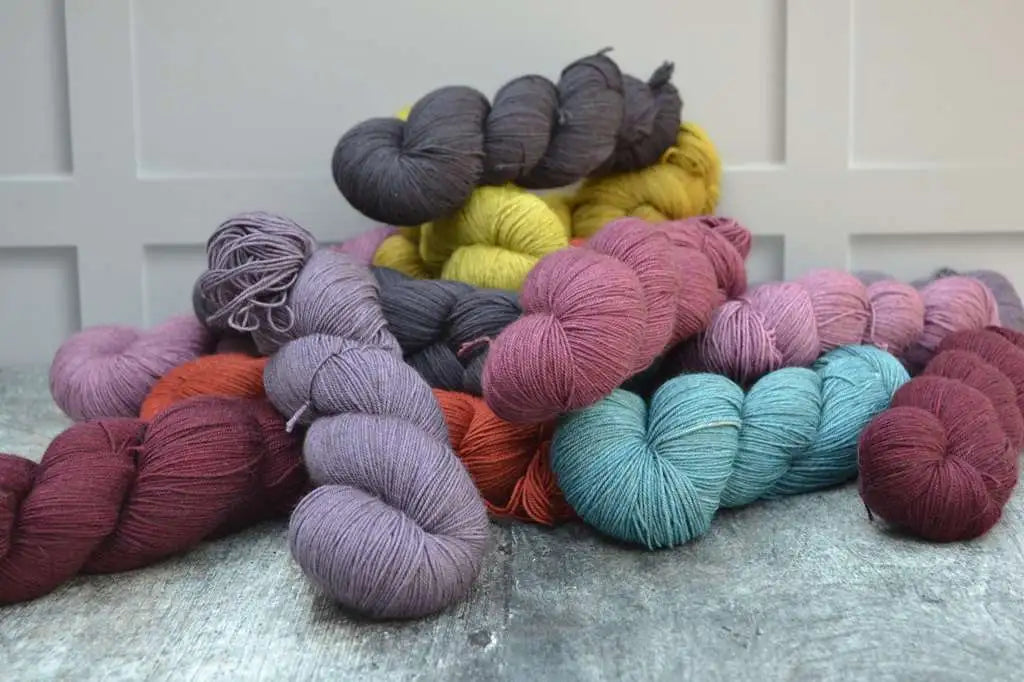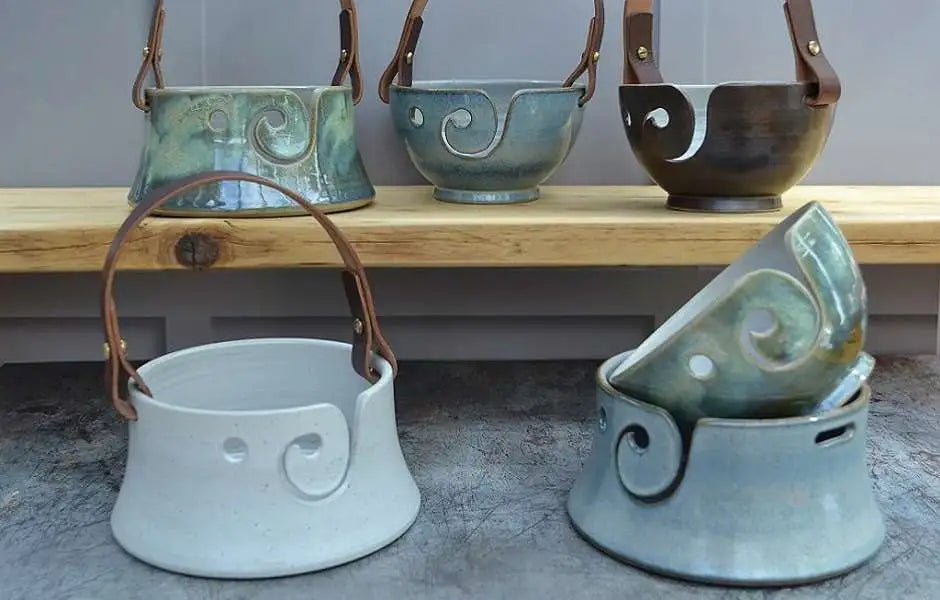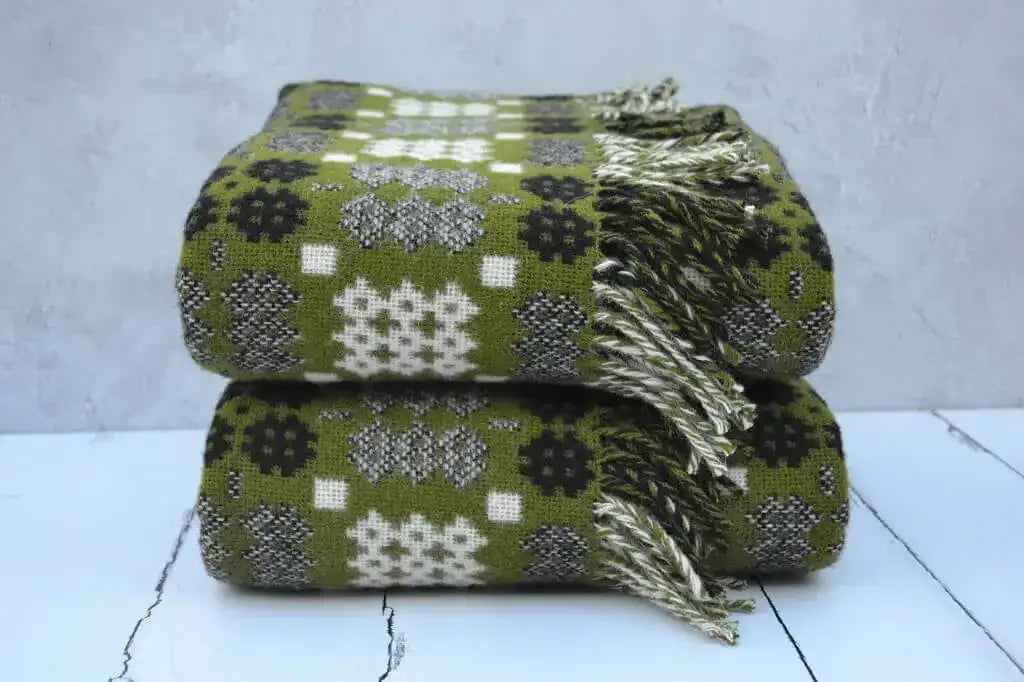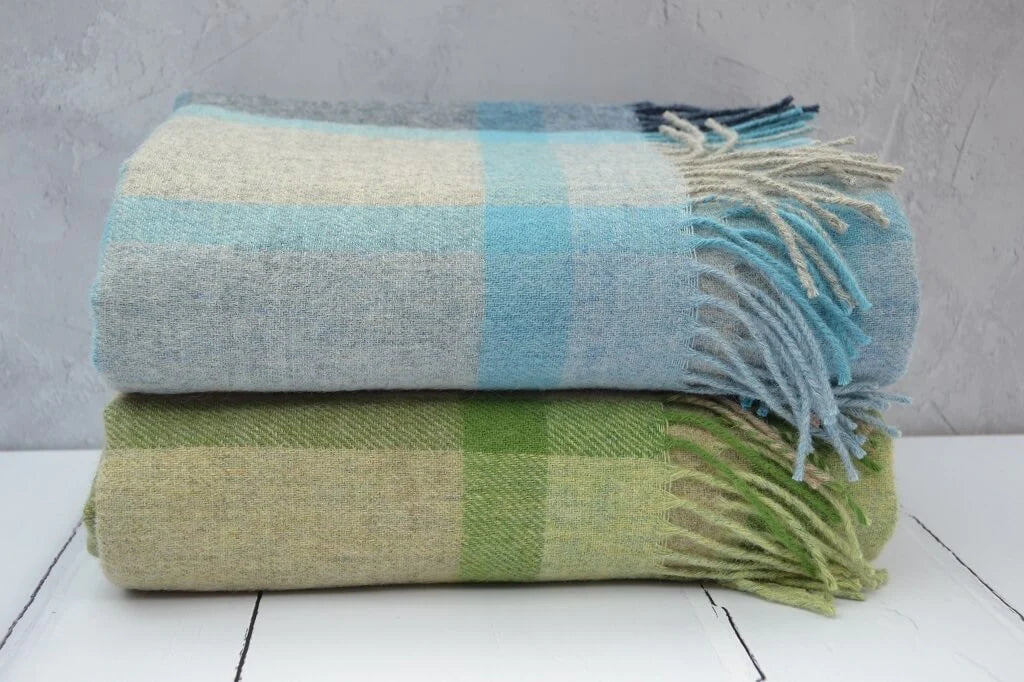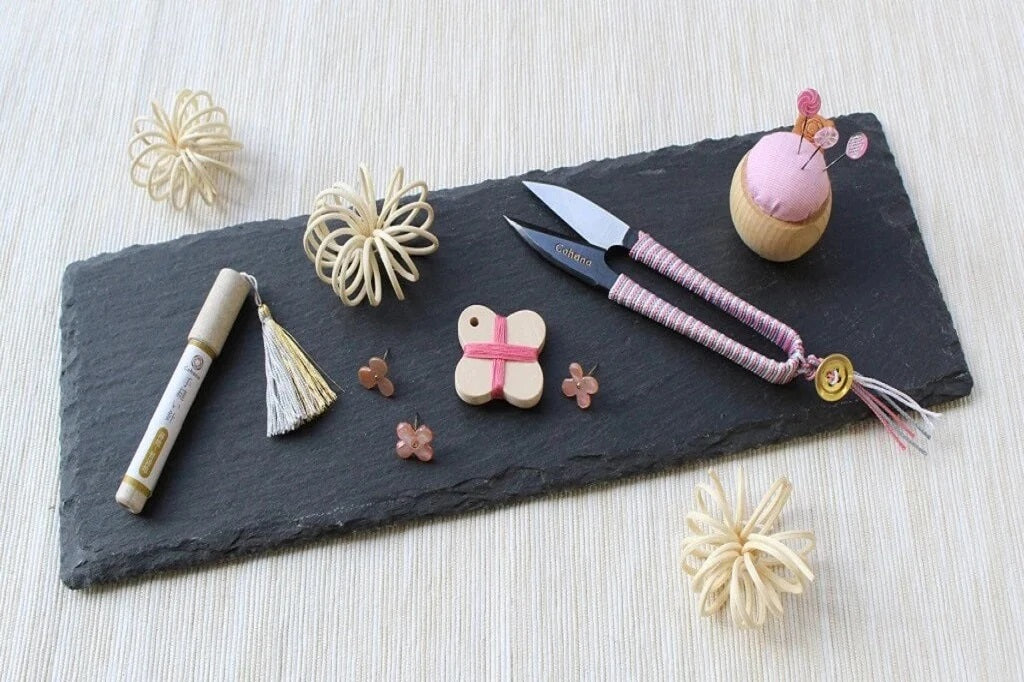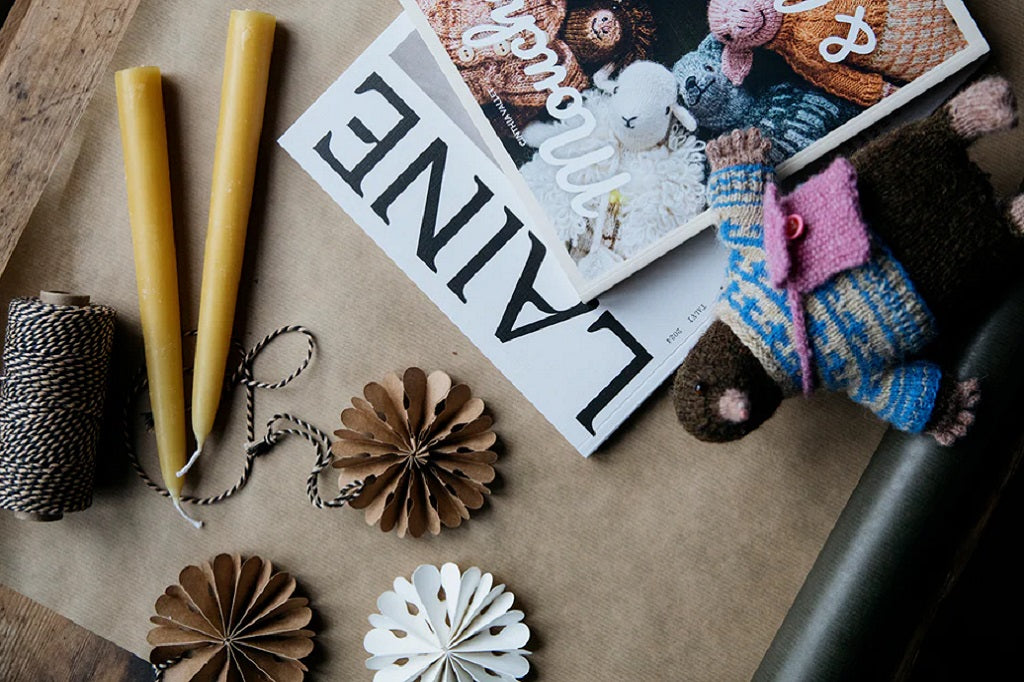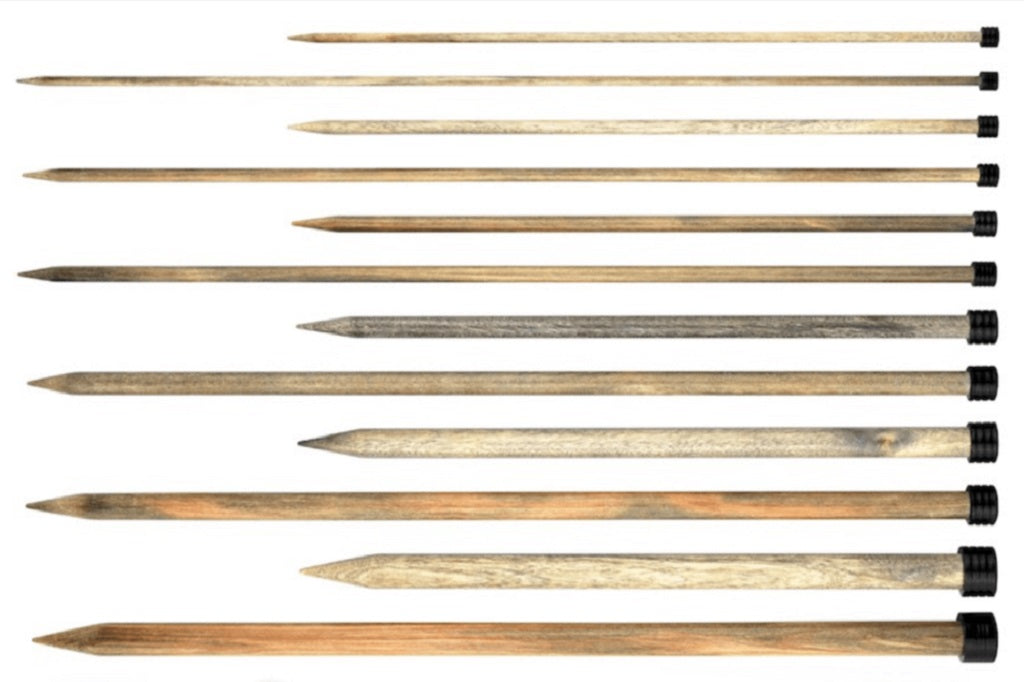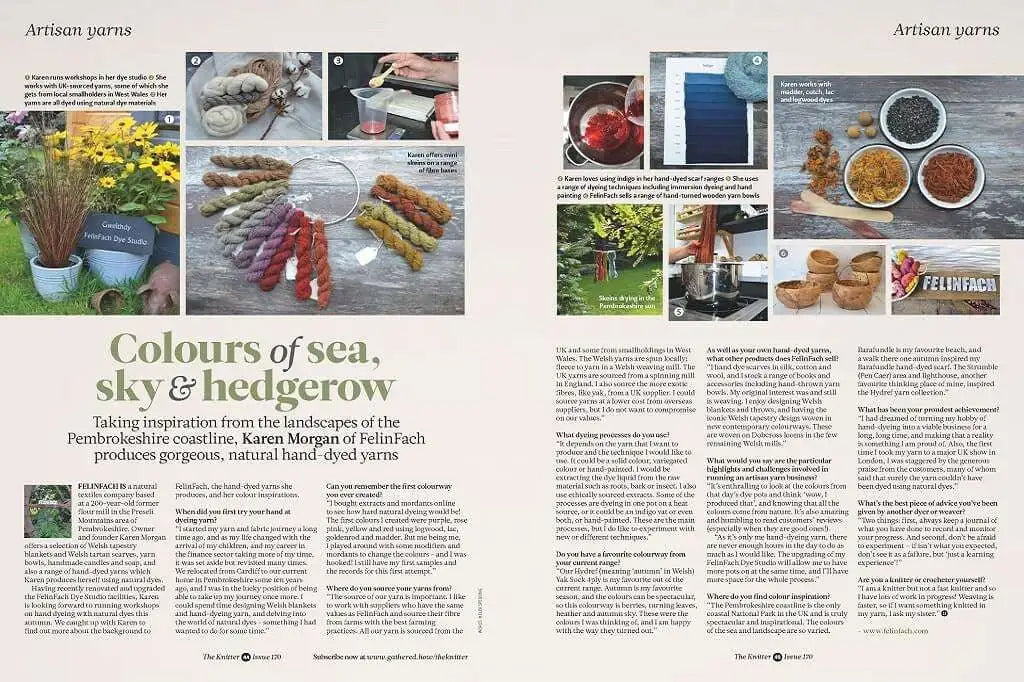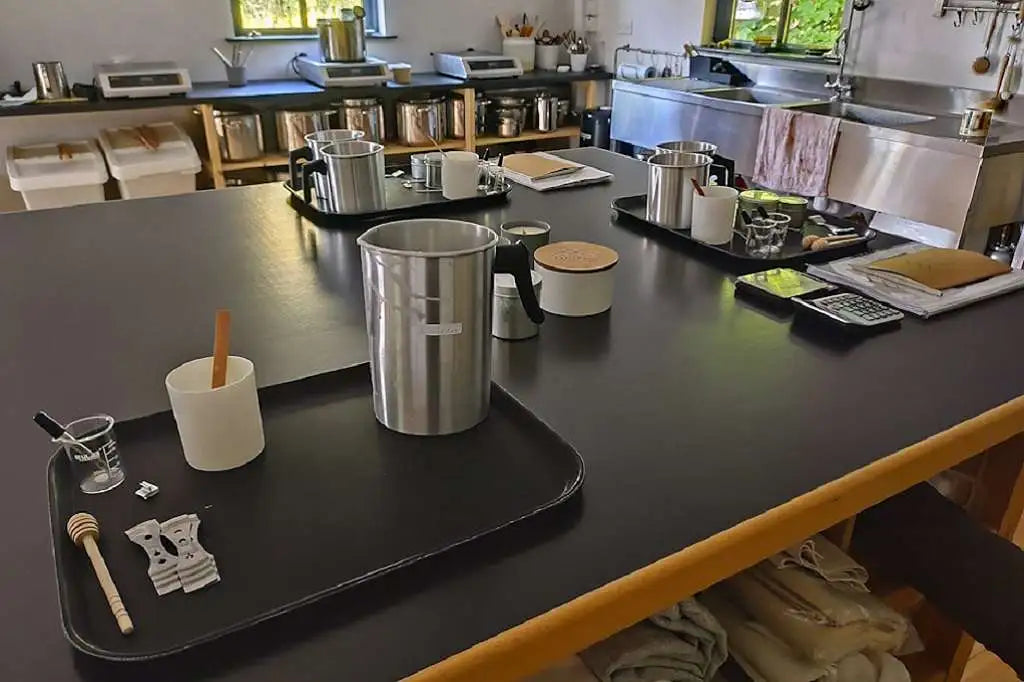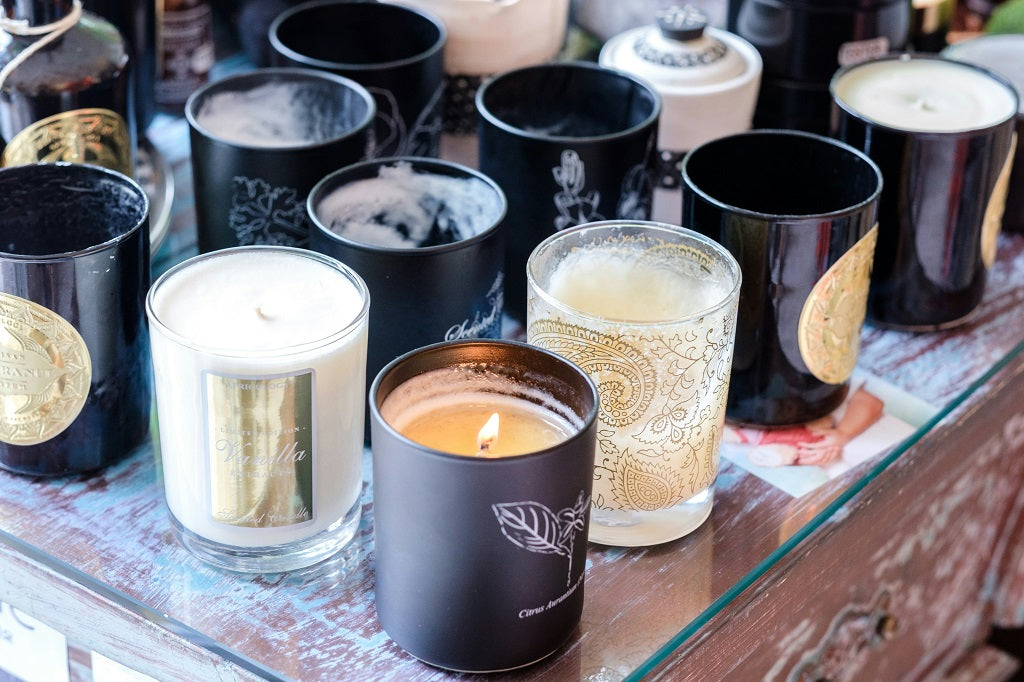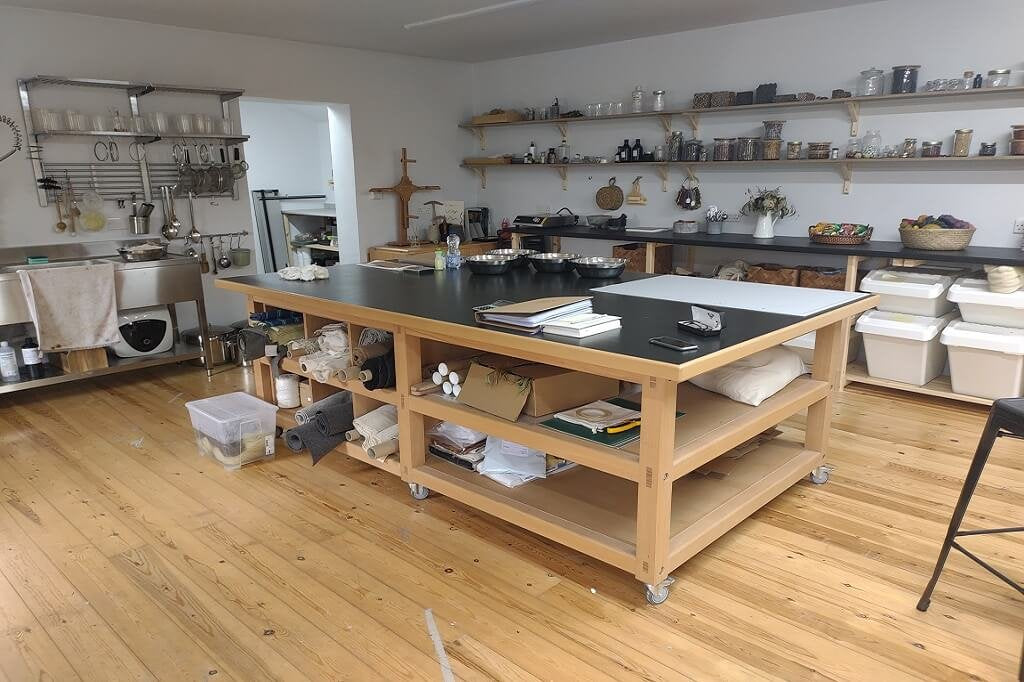Yarn Shop
Welsh Blankets
Clearance Sale
Craft Courses
Calan Gaeaf - Nos Galan Gaeaf
Calan Gaeaf
Calan Gaeaf, [pronounced Cal an Gay av] is a traditional Welsh festival that marks the beginning of winter. All major farming activities would have been completed, in particular collecting the harvest to prepare for winter. Based on ancient Celtic traditions, Calan Gaeaf is celebrated on the eve of October 31st, coinciding with Halloween, and continues into November 1st. The festival holds significant historical and cultural importance in Wales, reflecting the Welsh people's deep connection to nature and the changing seasons.

November 1st is known today as All Saint’s Day, but within Celtic traditions, it was always celebrated as the first day of winter. Some would say that the Church took this pagan tradition (as it did with many others) and made it a holy day. During the medieval period, Calan Gaeaf was a harvest festival. The night before, Nos Galan Gaeaf, was a moment when the veil between the human world and the world of the spirits was at its thinnest, an 'Ysbrydnos'. Nos Galan Gaeaf has become the modern-day Halloween.
Celebration Days in Wales
Calan Gaeaf Superstitions
The Celts believed that the veil between the worlds of the living and the dead was at its thinnest on Calan Gaeaf, and that spirits could easily cross between these worlds. As a result, the festival was often associated with ghosts and other supernatural creatures.
It was on Nos Calan Gaeaf or All-Hallows Eve that the spirits were said to roam freely, and it was believed that the ghosts of the dead were to be seen at midnight on every stile across the land. In different parts of Wales these ghosts took on different characters but two of the most common were the Ladi Wen [white lady], and mainly in North Wales the tail-less black sow [hwch ddu gwta].
Hwch Ddu Gwta
Roughly translated as ‘The Tailless Black Sow’, this mythical beast was one of the most frightening ghosts connected with Noson Galan Gaeaf. As the darkness was drawing in, one of the local men would don a pig skin and chase the children home from the village bonfire. Children were told that the much-feared Hwch Ddu would catch the last child to make it home that night.
This was used as a game to scare the children, but also to get them home on time and teach them about the dangers of straying too far on their own.
Gwrachod
The name gwrachod means ‘witches’ or ‘hags’. Men would roam the villages dressed in rags and masks, or sometimes women’s clothing, going from door to door for coppers, fruit and nuts. They would then drink in the local pubs. People believed dressing up like this would repel evil spirits, but it could also have been to scare people into giving them treats.
Coelcerth
Local people would gather together on Noson Galan Gaeaf, each writing their name on a stone. The stones would be placed in the bonfire or coelcerth. The following morning, the ashes would be inspected. If the stone with your name was missing, it was seen as an omen of your impending death.

Y Ladi Wen
‘The White Lady’ is an apparition from Celtic mythology, dressed in all white. Some say she guards graveyards and crossroads from other darker spirits. Others say she has a more sinister purpose - luring unsuspecting travellers to their doom by asking for help or offering treasure. Other people claimed that she was headless and would maraud around the countryside looking for victims with her partner in crime, the Hwch Ddu Gwta.
About FelinFach
Located in Pembrokeshire Wales, our ethos is defined in the three words...
NATURAL TRADITIONAL HANDMADE.
- Hand woven iconic Welsh blankets.
- Hand dyed yarn, dyed with natural dyes only - no exceptions!
- Hand poured candles, candle accessories, Candle Making Workshops and soapery.
- Natural Dyeing Craft courses.
- Yarn shop, yarn bowls, project bags, tools and accessories for knitters and crafters.
- Welsh Gifts, made in Wales, handmade in Wales.
We are a proud supporter of Americymru the Campaign for Wool, Global Welsh and Red Dragon America.
Other FelinFach Pages
Last updated 2nd September 2024

